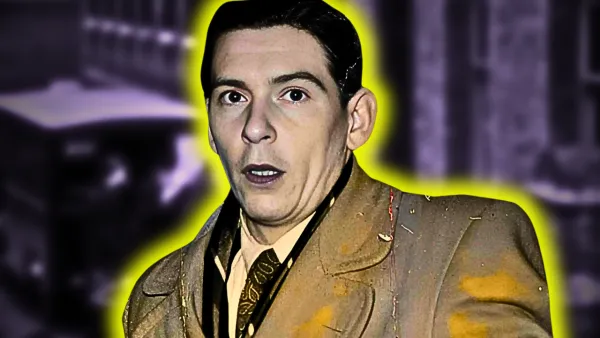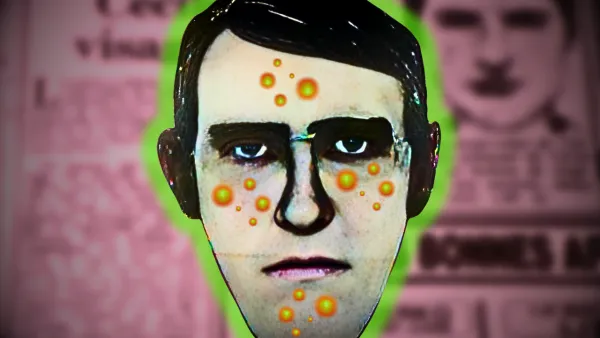Final Cuts: The Haunting History of Guillotine Executions in France
Trace the grim history of the guillotine in France, exploring the tales and final moments of those who met their end by the infamous blade.

Public Spectacle
In a pamphlet called Reflections of the Guillotine, the author Albert Camus discusses how frightful it is to witness an execution by a guillotine.
Camus claims that his father once attended a public execution by the guillotine, and the sight was so appalling that it haunted his dreams until his death.
“My father,” he says, “came rushing home, his face distorted, he refused to talk, he lay down for a moment on the bed, and suddenly began to vomit.”

Camus, who campaigned for the abolition of the guillotine, said that the average citizen “would repudiate both the vocabulary and the penalty” if they were to “touch the wood and steel” or to hear the thump of a “head falling” into the catching basket.
And although Camus considered the guillotine “useless and harmful”, he couldn’t deny that it accomplished one thing very well.
Public executions by the guillotine made a statement about living within society’s rules.
Law-breakers beware.
The dreadful statement the guillotine’s blade produced did not go unnoticed. In fact, governments used the guillotine for the sole purpose of shaking up the everyday person. In 1791, Paris, a city notorious for its excessive use of the guillotine, declared at a National Assembly, “It takes a terrifying spectacle to hold the people in check.”
The guillotine was just that terrifying.
The Debate Over Severed Heads
In 1793, a French revolutionist, Charlotte Corday, was executed by a guillotine’s blade. Her appalling execution spawned the ‘Debate over severed heads’, a national conversation, which had the French public and its officials questioning the humanness of the guillotine as a method of punishment. And for good reason.

In Corday’s infamous account, her executioner picked up her severed head “for the people to see and dared to slap it twice.” Shockingly doing so, Charlotte Corday’s “cheeks reddened” as if she was blushing.
The focus of the national debate led to questions such as, how long does a person continue to live after death by guillotine?
One anonymous executioner stated that moments after the head separates, “the body literally jumps about in the basket, straining on the cords.”
Perhaps even more disturbing, he recalls, “twenty minutes later, at the cemetery, it is still quivering.”
Eyes Blinking
A doctor describes an execution of a condemned man, Herni Languille, in a journal entry from June 28th, 1905.

“Here, then, is what I was able to note immediately after the decapitation: the eyelids and lips of the guillotined man worked in irregularly rhythmic contractions for about five or six seconds. I waited for several seconds. The spasmodic movements ceased. It was then that I called in a strong sharp voice: “Languille!” I saw the eyelids slowly lift up, without any spasmodic contractions quite distinct and normal, such as happens in everyday life, with people awakened or torn from their thoughts.”
The doctor, being a thorough man, repeated his experiment twice more, eerily getting similar results.
“It was at that point that I called out again and, once more, without any spasm, slowly, the eyelids lifted and undeniably living eyes fixed themselves on mine with perhaps even more penetration than the first time.”
The doctor’s haunting account suggests that a severed human head not only stays active for nearly a minute or more but also responds to outside stimuli. This differs from a ‘chicken with its head cut off’.
The human head seems eerily aware of its surroundings.
Conscience, perhaps.





